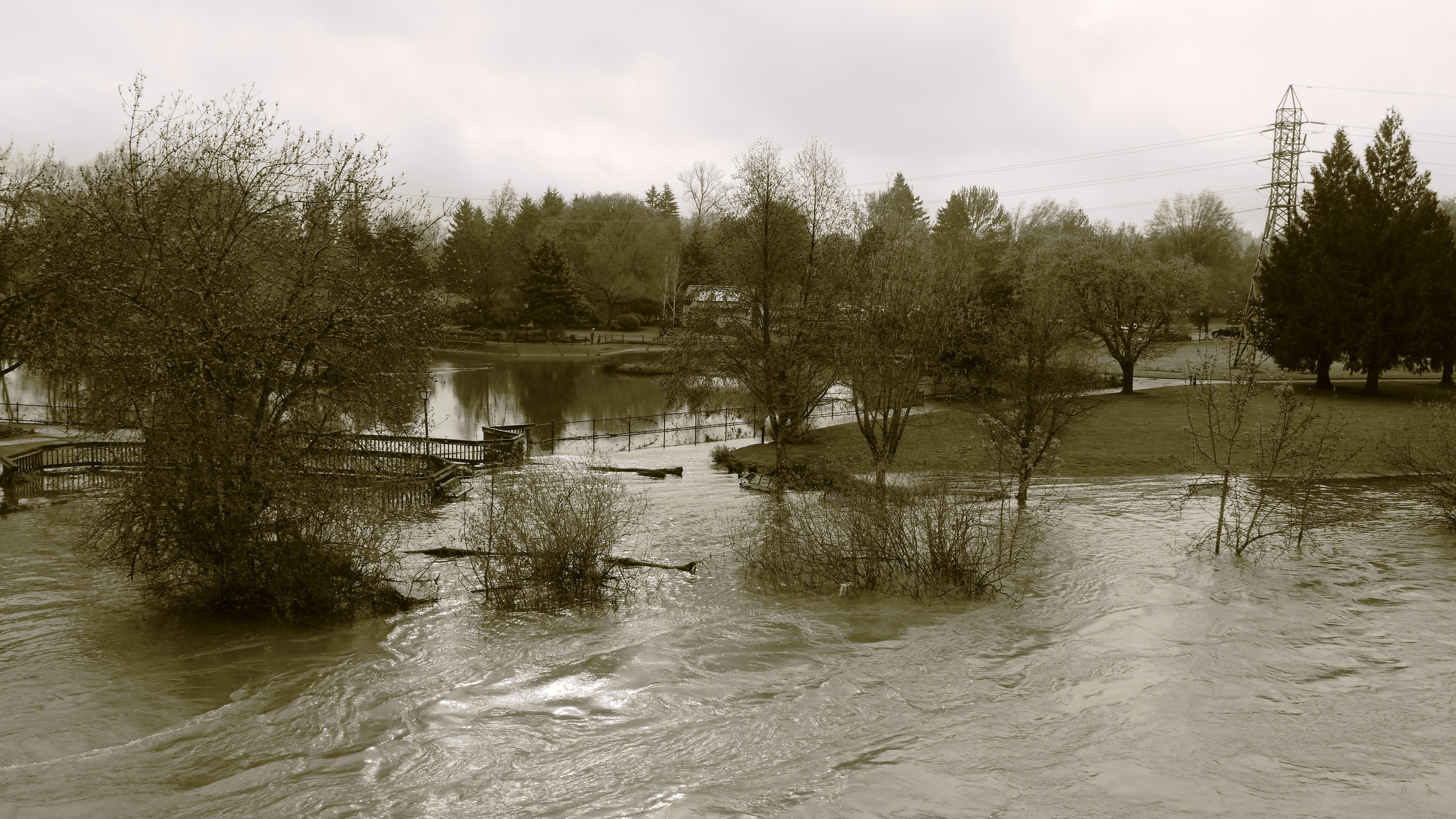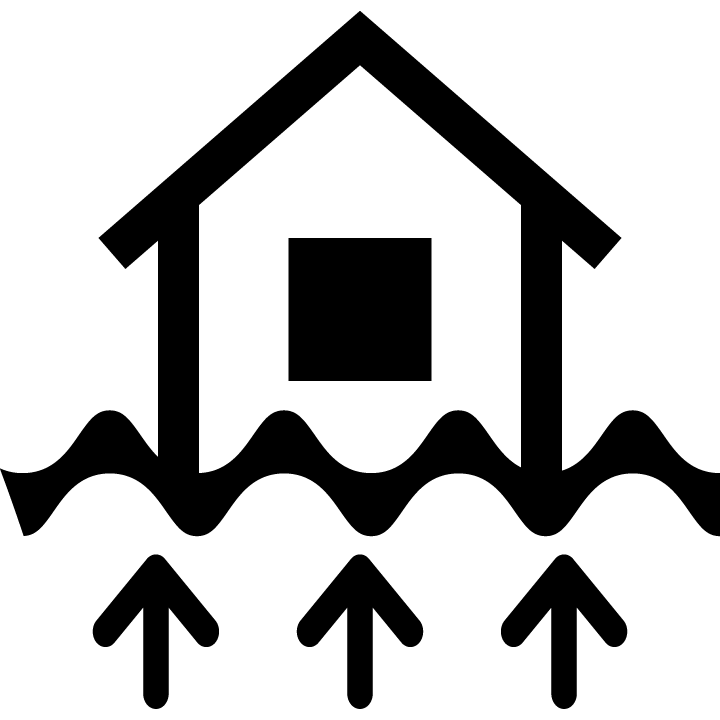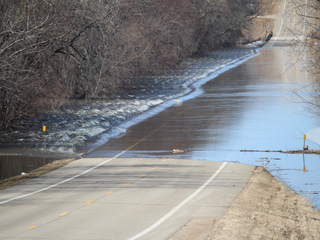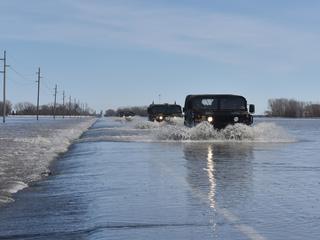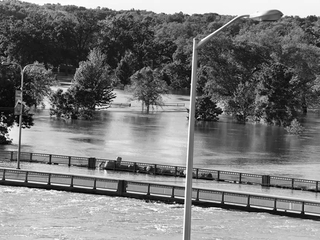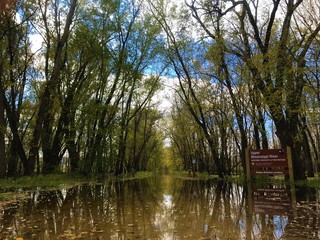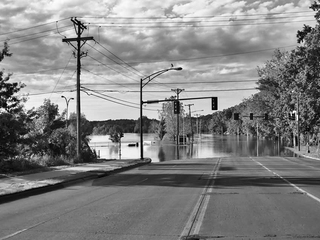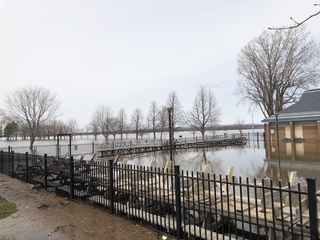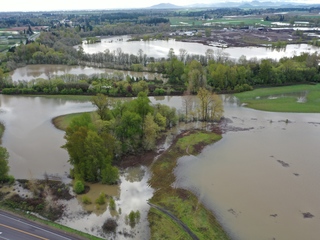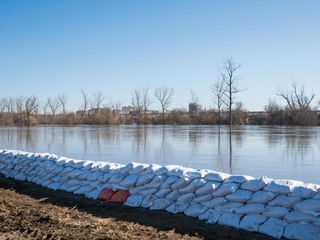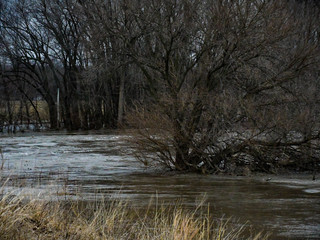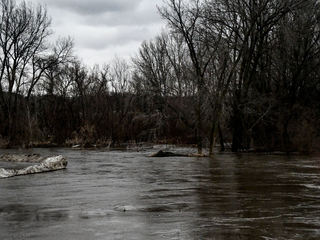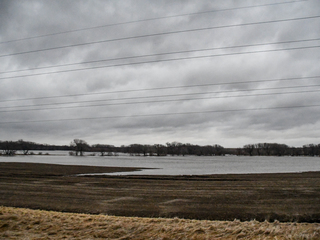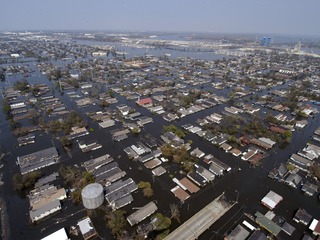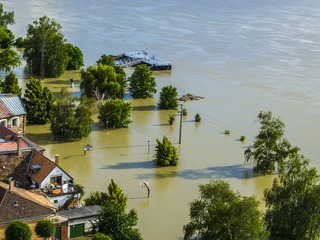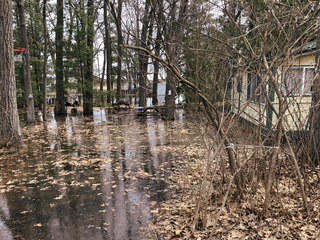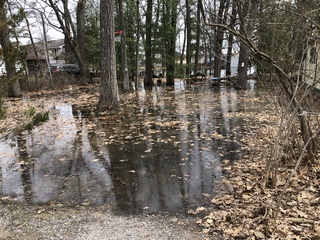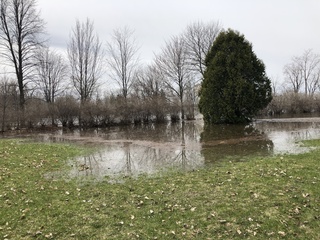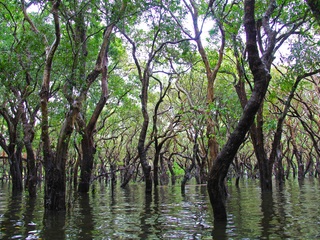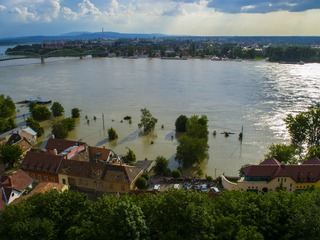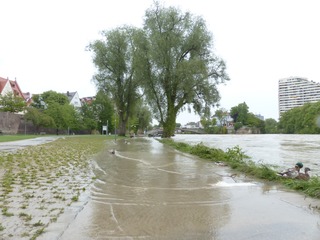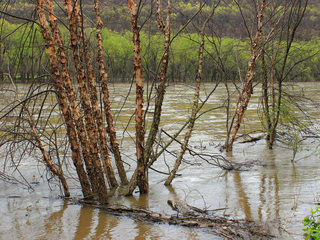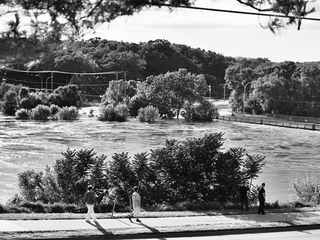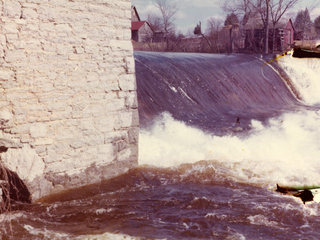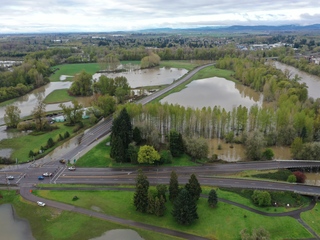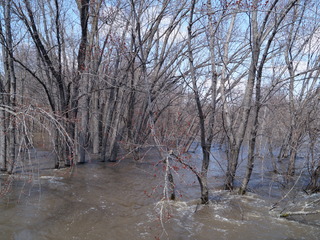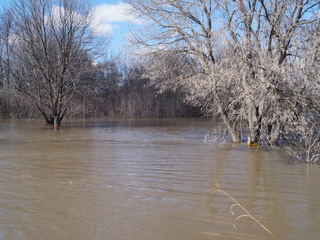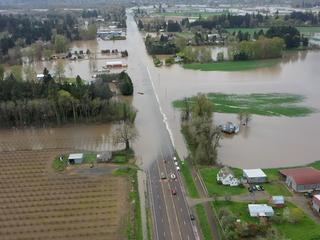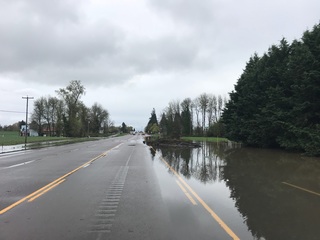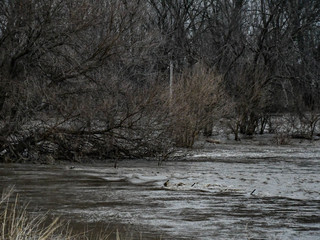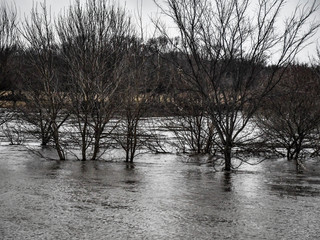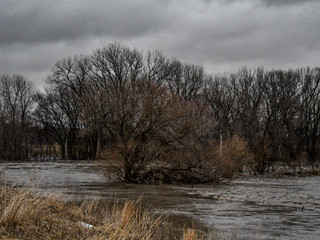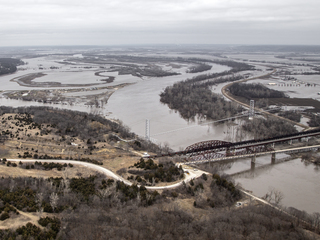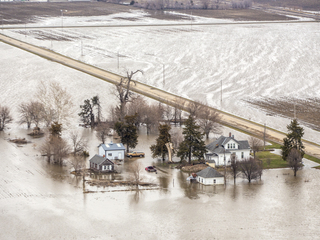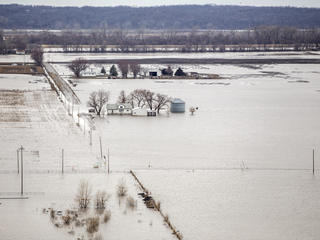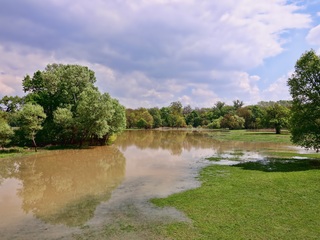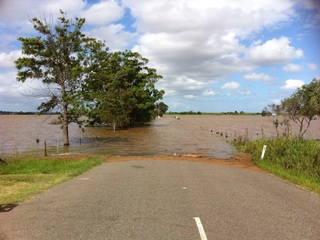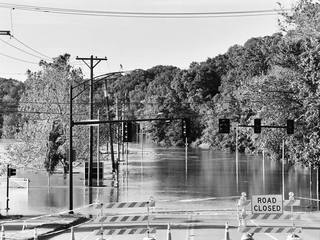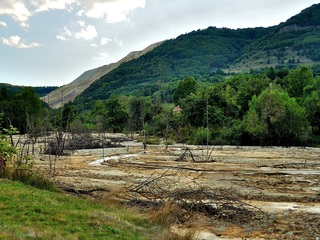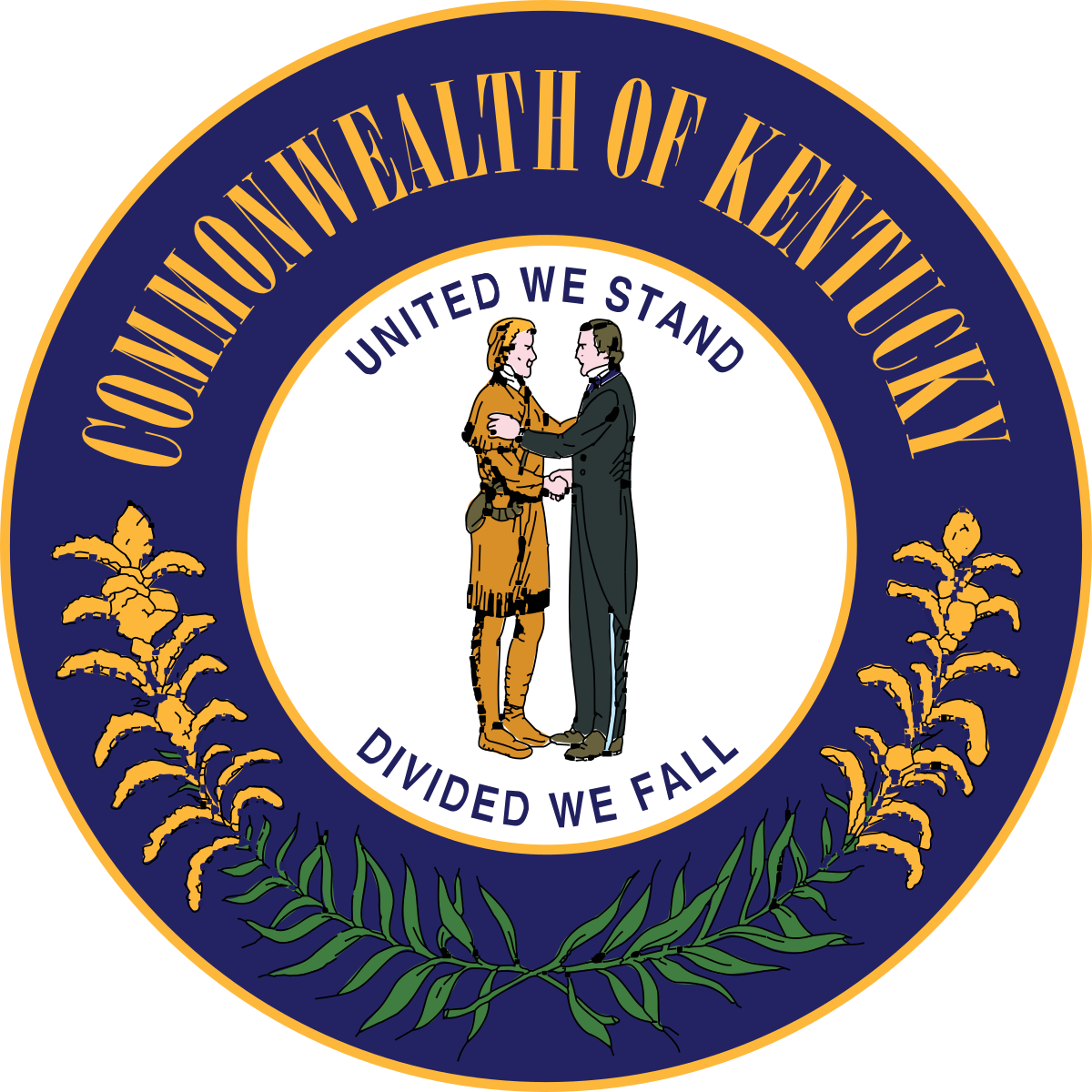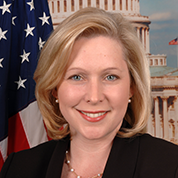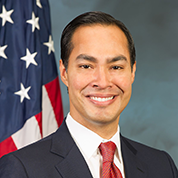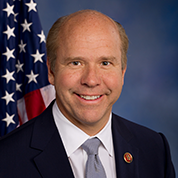Many inland areas in the U.S. are flooding more often. Heavy rainfall caused by climate change as well as human alteration of the land are the main drivers of this trend.
Many factors can go into the making of a flood. There are weather events (heavy or prolonged rains, storm surge, sudden snowmelt), and then there are the human-driven elements, including how we manage our waterways (via dams, levees, and reservoirs) and the alterations we make to land. Increased urbanization, for example, adds pavement and other impermeable surfaces, alters natural drainage systems, and often leads to more homes being built on floodplains. In cities, under-maintained infrastructure can lead to urban flooding. More and more, flooding factors are also...
Many inland areas in the U.S. are flooding more often. Heavy rainfall caused by climate change as well as human alteration of the land are the main drivers of this trend.
Many factors can go into the making of a flood. There are weather events (heavy or prolonged rains, storm surge, sudden snowmelt), and then there are the human-driven elements, including how we manage our waterways (via dams, levees, and reservoirs) and the alterations we make to land. Increased urbanization, for example, adds pavement and other impermeable surfaces, alters natural drainage systems, and often leads to more homes being built on floodplains. In cities, under-maintained infrastructure can lead to urban flooding. More and more, flooding factors are also linked to climate change. Connecting climate change to floods can be a tricky endeavor. Not only do myriad weather- and human-related factors play into whether or not a flood occurs, but limited data on the floods of the past make it difficult to measure them against the climate-driven trends of floods today. However, as the IPCC noted in its special report on extremes, it is increasingly clear that climate change “has detectably influenced” several of the water-related variables that contribute to floods, such as rainfall and snowmelt. In other words, while our warming world may not induce floods directly, it exacerbates many of the factors that do. When flooding inundates a home or community, it upends lives and introduces a litany of potential short- and long-term consequences. The most obvious include loss of life (floods cause more than 100 U.S. fatalities annually) and vast property damage. Finally, curbing climate change is an important way to avert some of the worst scenarios for sea level rise and escalating flood risks. As the IPCC has made explicitly clear, limiting global average temperature rise to within 1.5 degrees this century will be critical to limiting many future weather extremes, including those that most contribute to flooding, such as heavy rainfall. And only ambitious climate action can make that happen.

